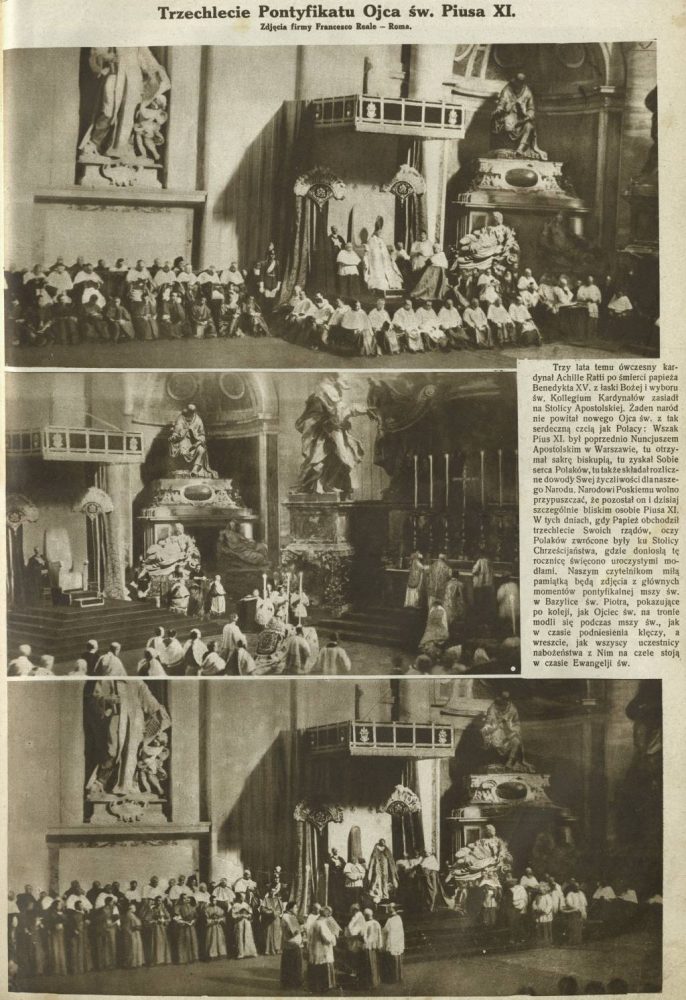Błogosławieństwo miecza oraz kapelusza (wł. stocco e berrettone) dokonywało się w sposób uroczysty przed Matutinum w noc Bożego Narodzenia, ale także czasem po Mszy Świętej w nocy lub przenoszono je na poranek 25 grudnia. Poświęcone przez papieża przedmioty były wręczane katolickim władcom oraz dowódcom, którzy w walce z niewiernymi czy heretykami przysłużyli się obronie Kościoła i wiary. Zwyczaj ten, wywodzący się ze starszych ceremonii obdarowywania władców bronią przez papieży, trwał od 1385 r., a ostatni znany nam przykład jego zastosowania miał miejsce w roku 1825. Wśród zachowanych imion wyróżnionych monarchów poczesne miejsce zajmują królowie Polski.
The blessing of the sword and the hat (it. stocco e berettone) was conducted in a solemn way before the Matutinum on the Christmas night, but also sometimes after the Mass in the night or it was postponed to the morning of 25 December. The items blessed by the pope were given to the Catholic monarchs and commanders who contributed to the defence of the Church and the faith in the fight against infidels or heretics. This habit, having its roots in older ceremonies of presenting the rulers with weapon by popes, lasted since 1385 and the last known example of its use took place in the year 1825. Among recorded names of the honoured sovereigns a prominent place is occupied by Polish kings.



